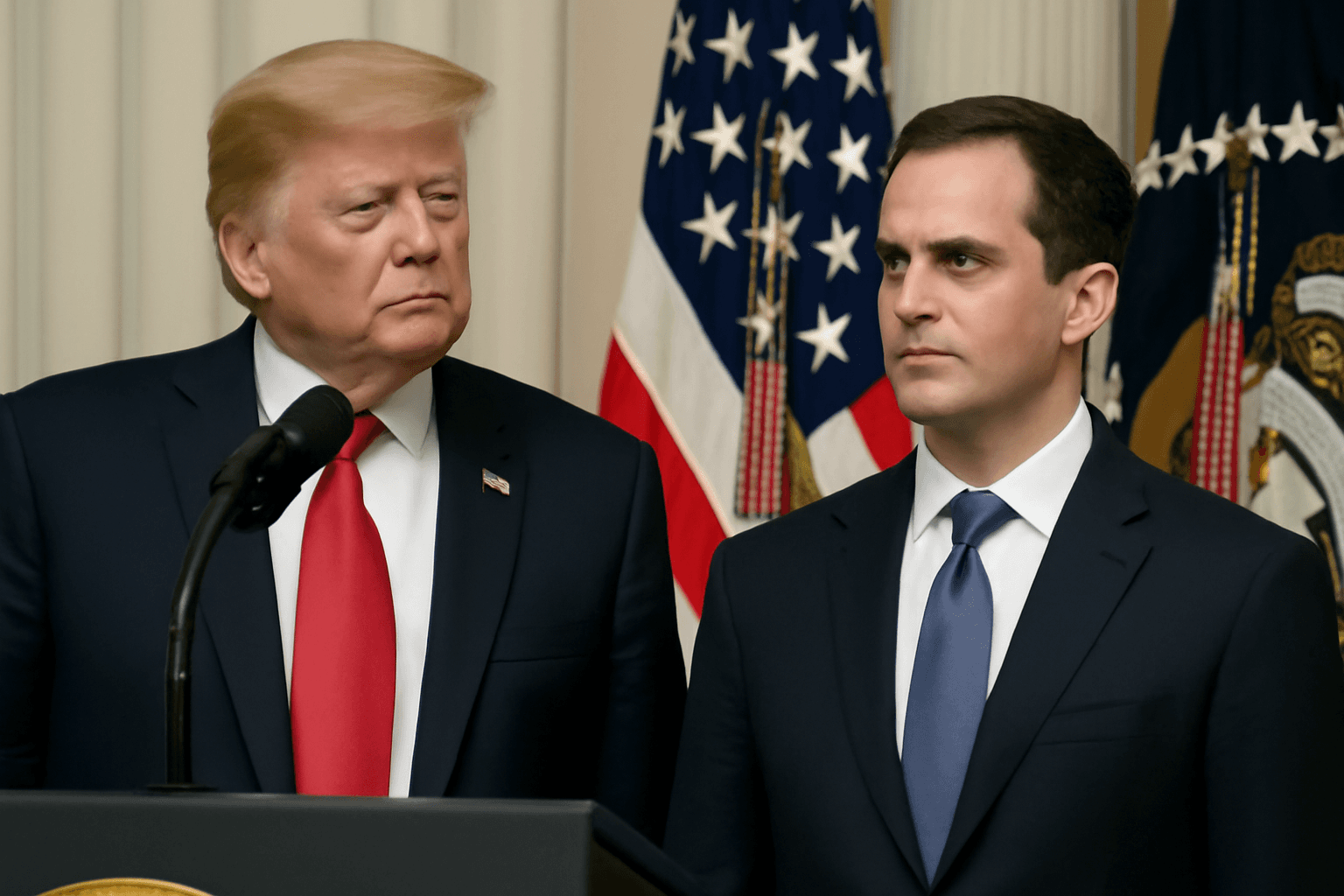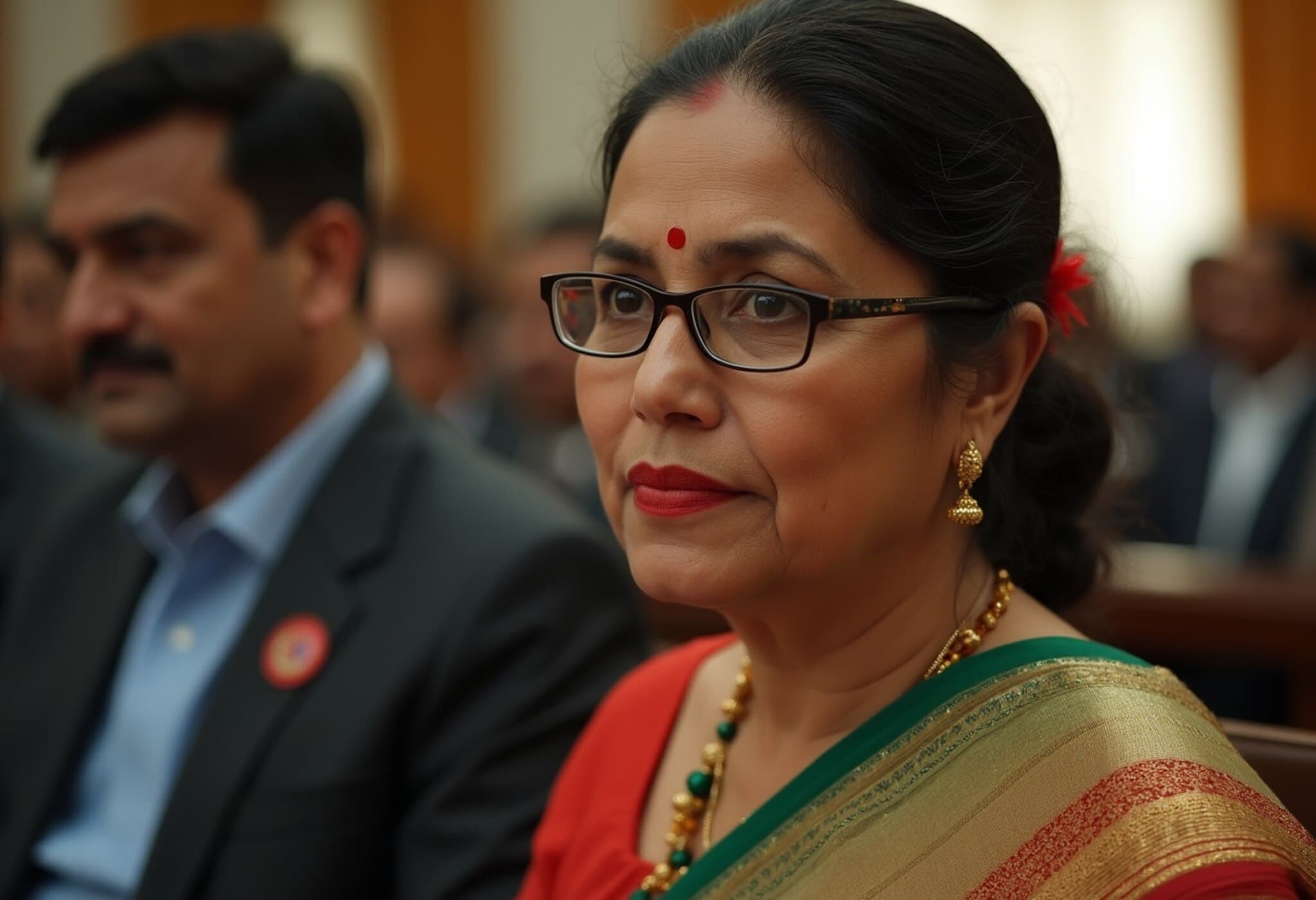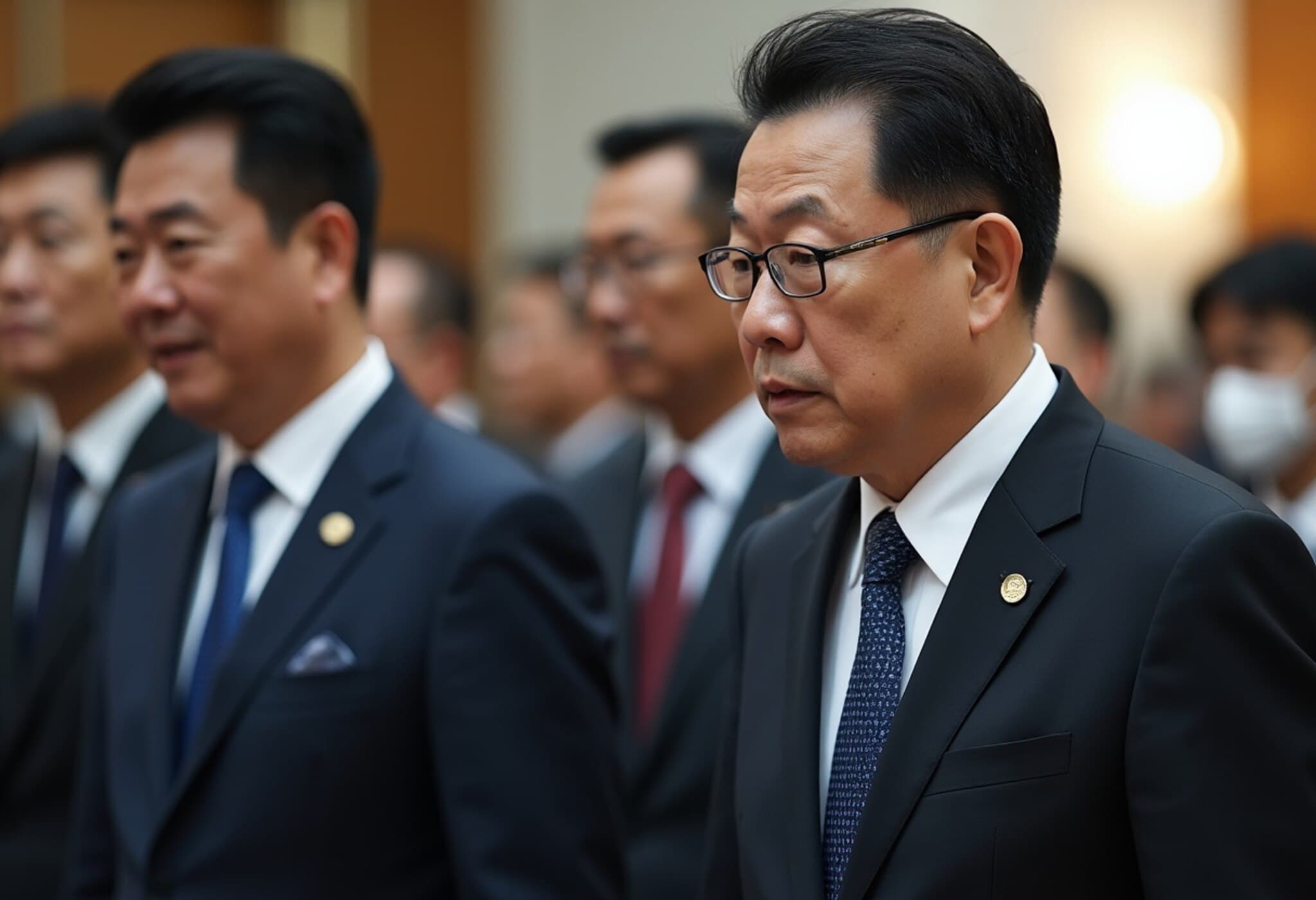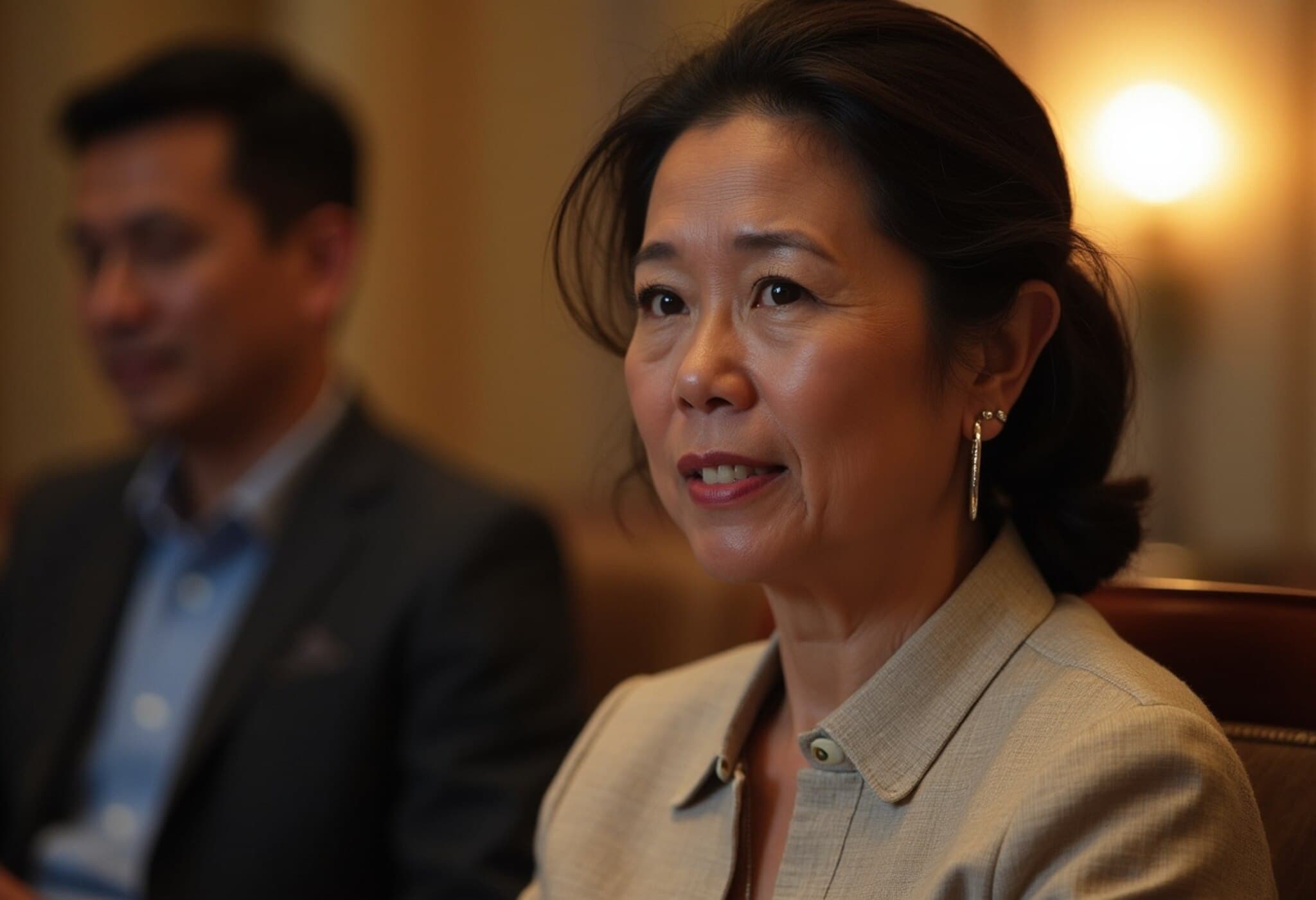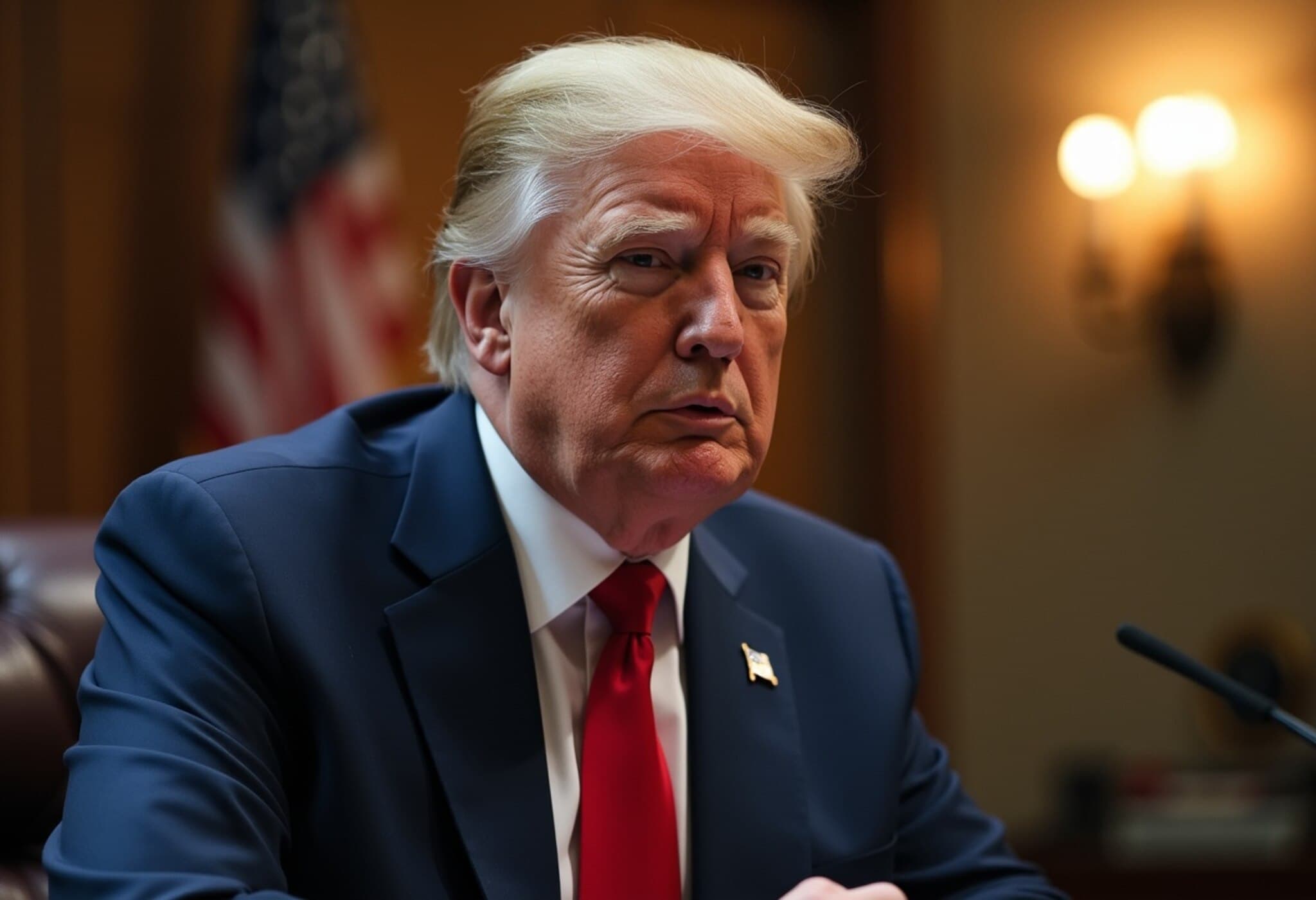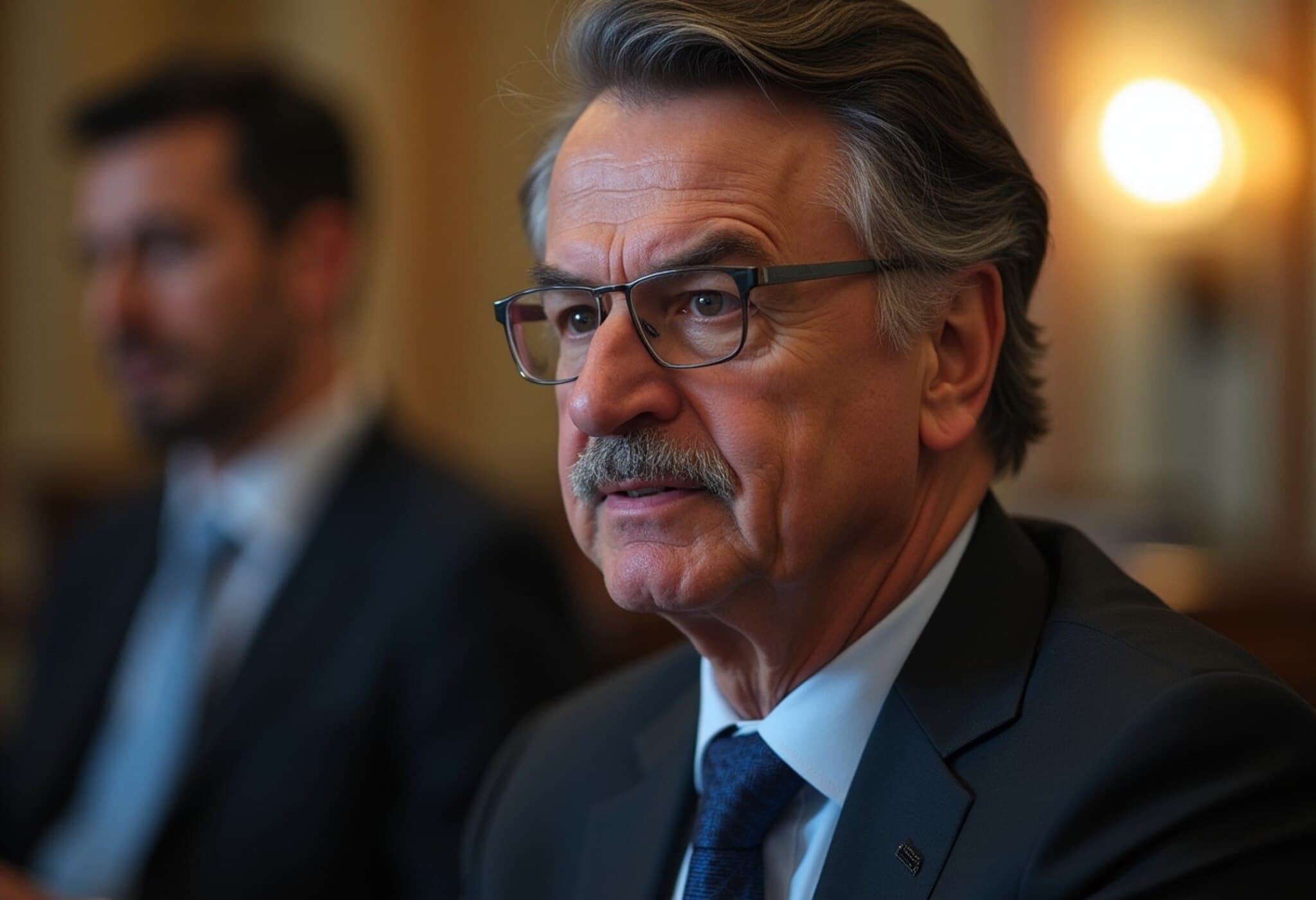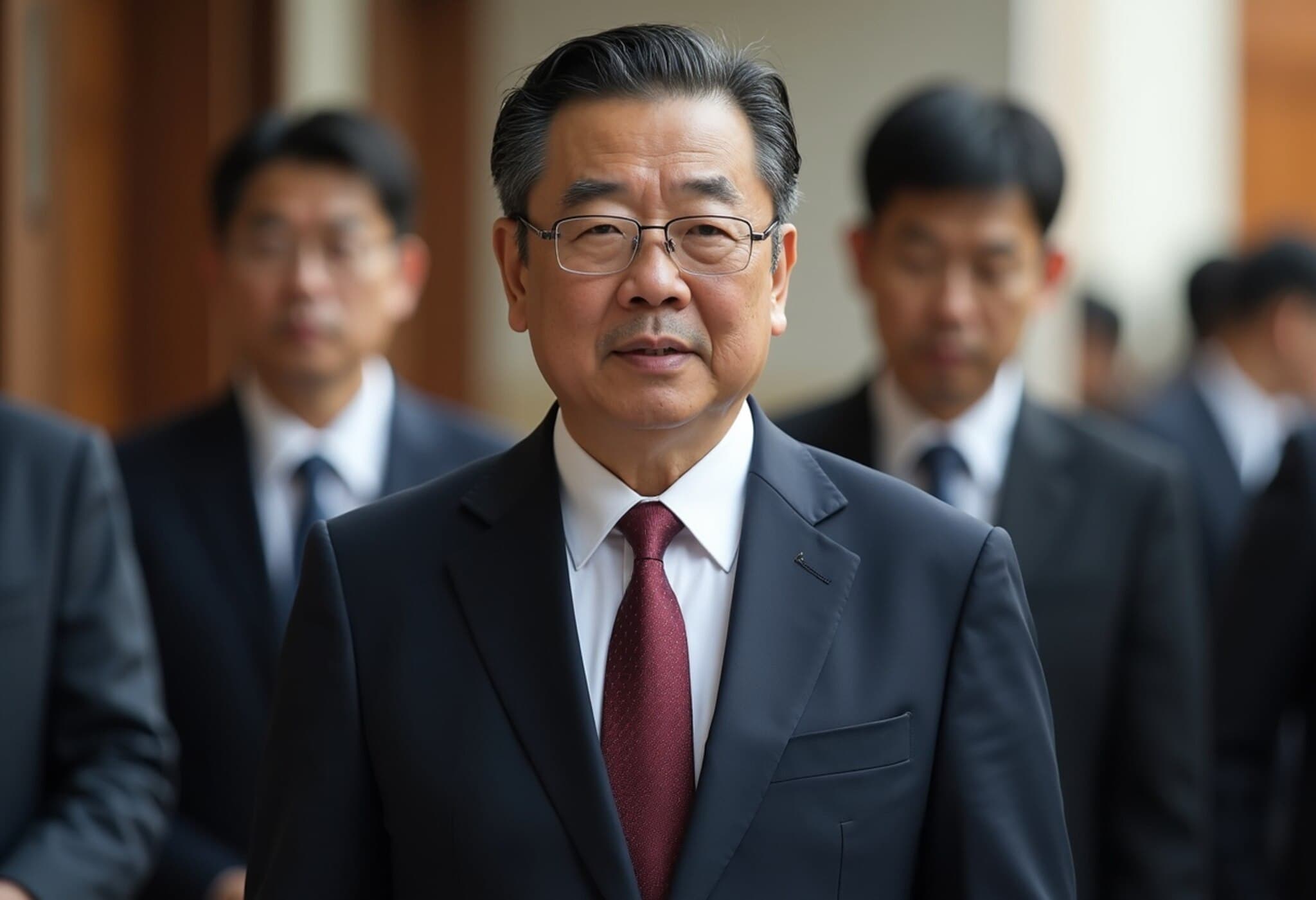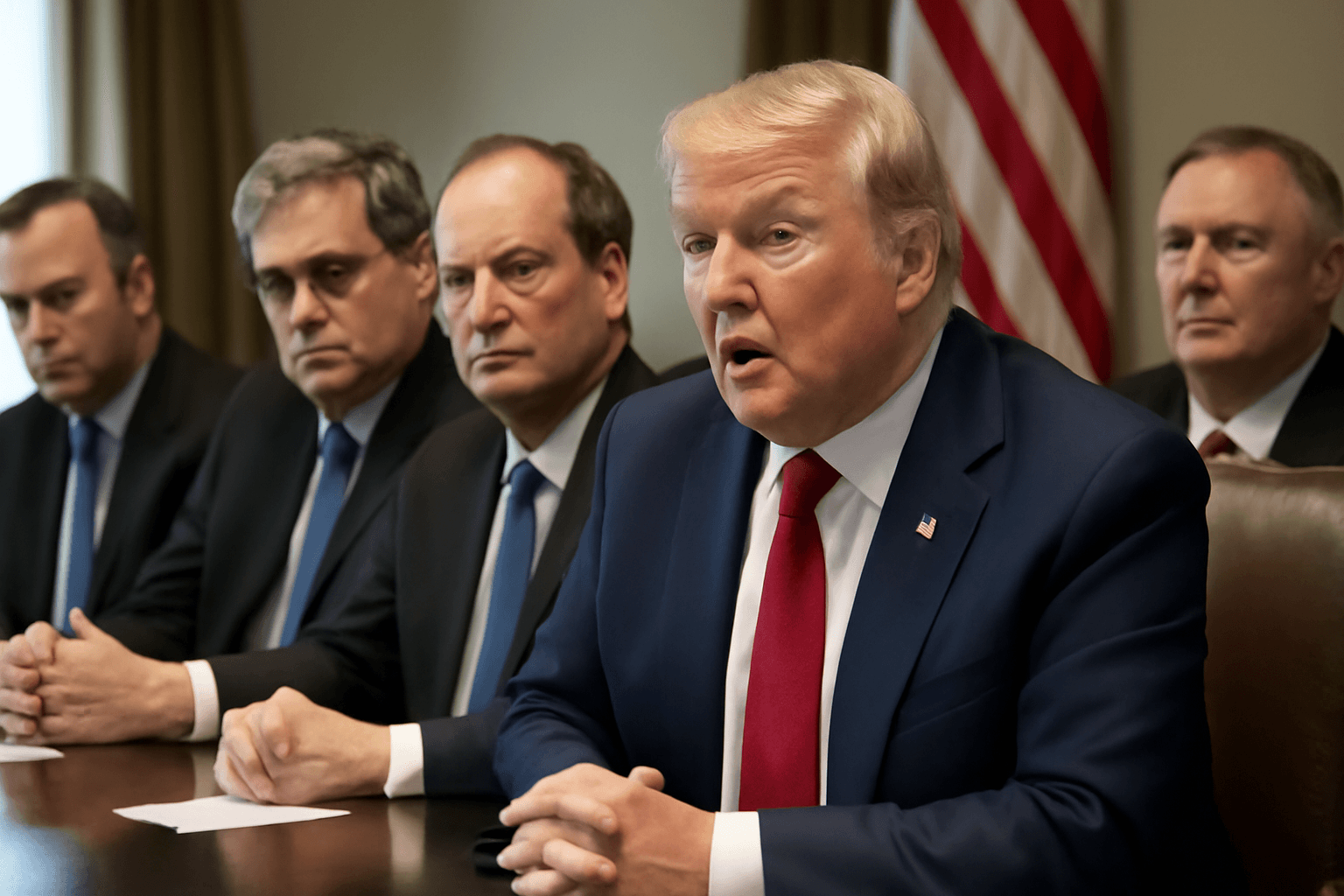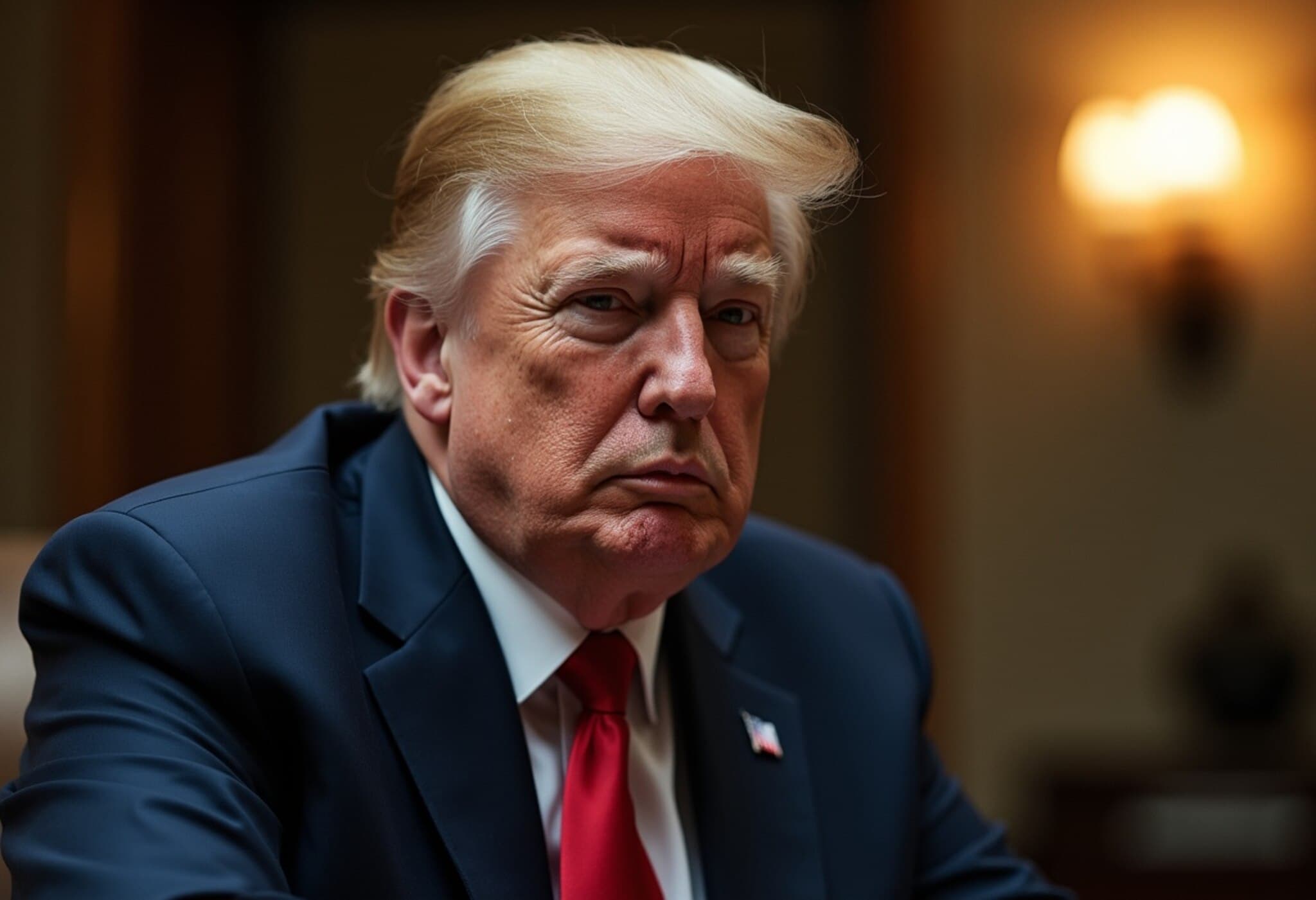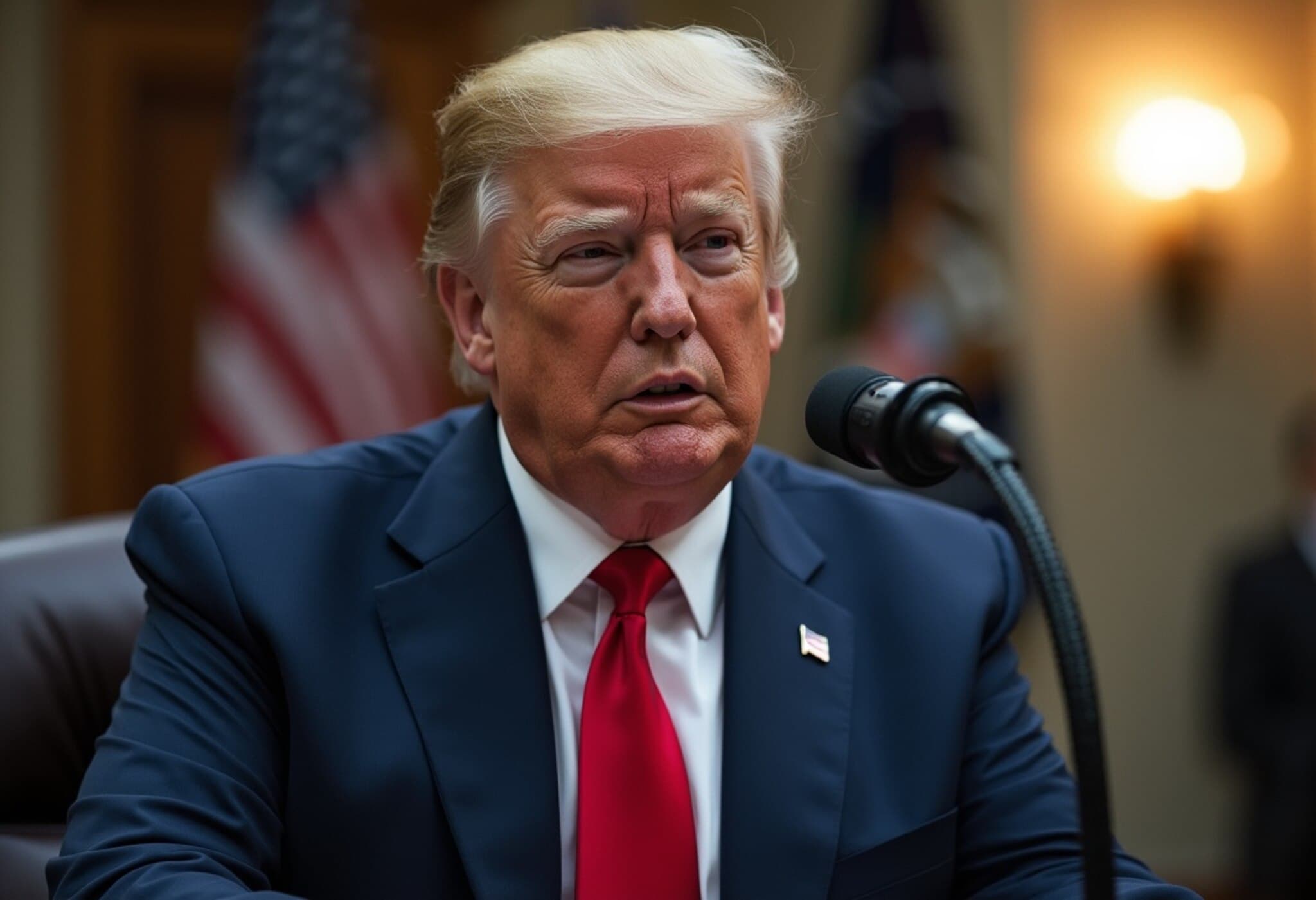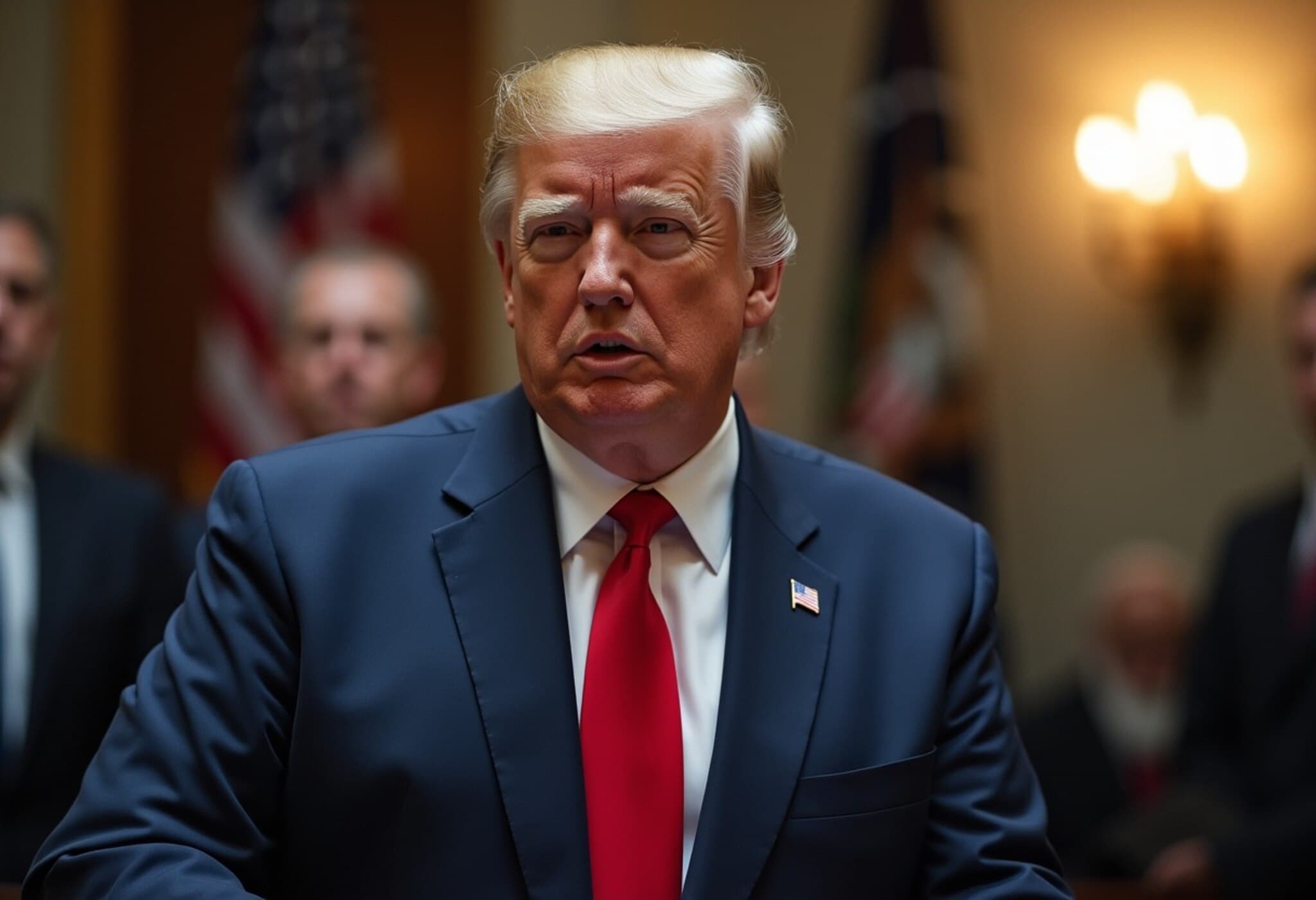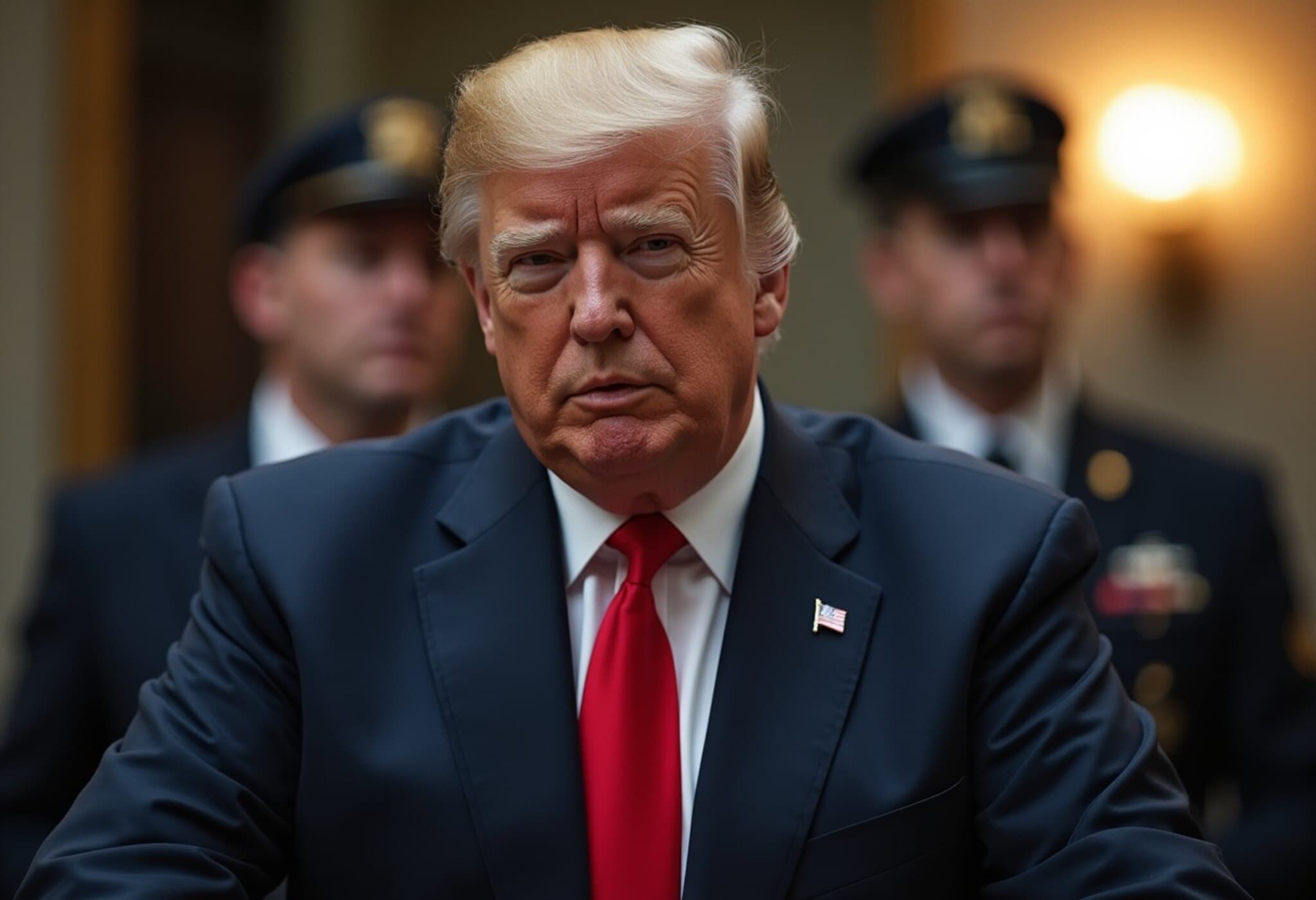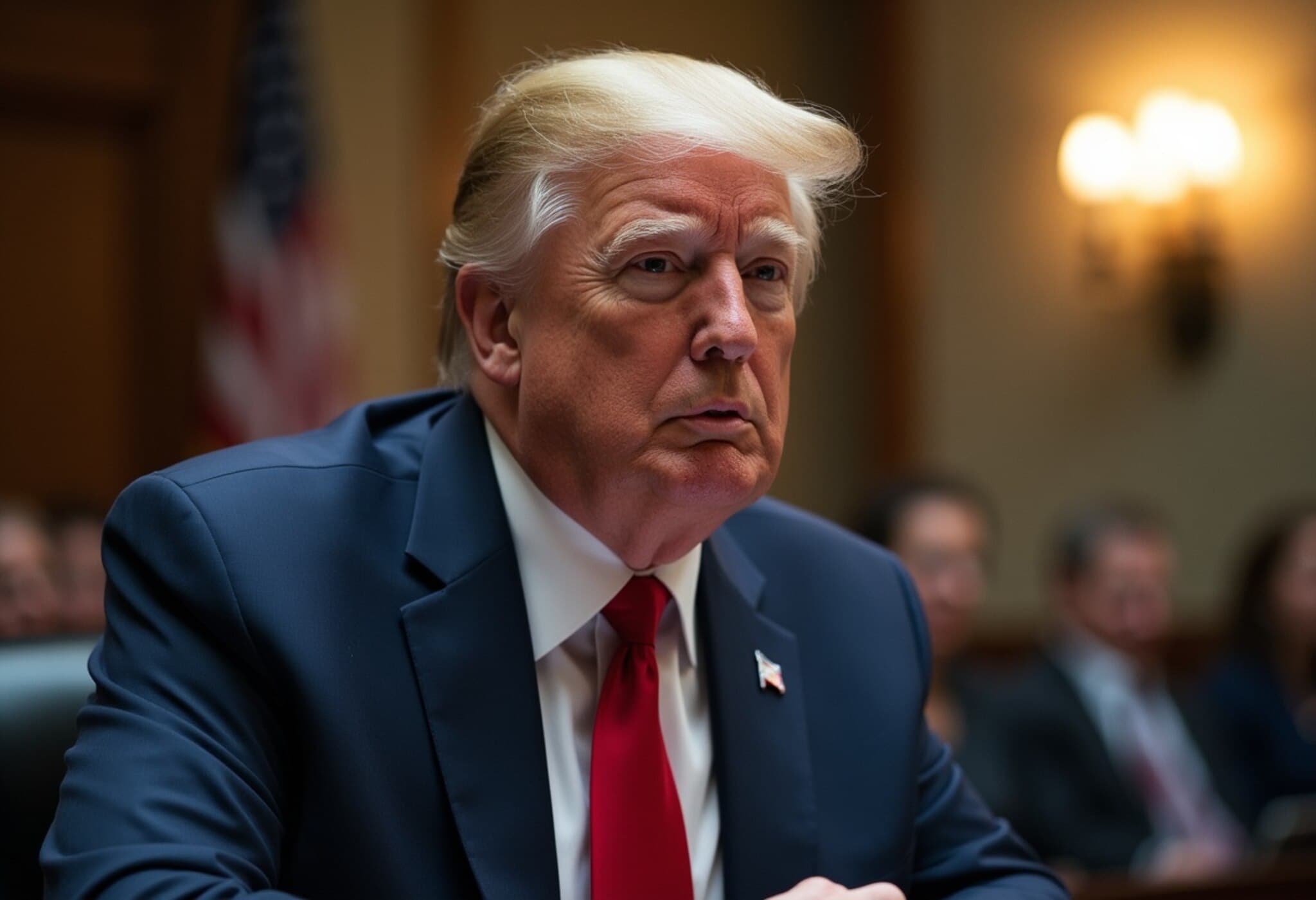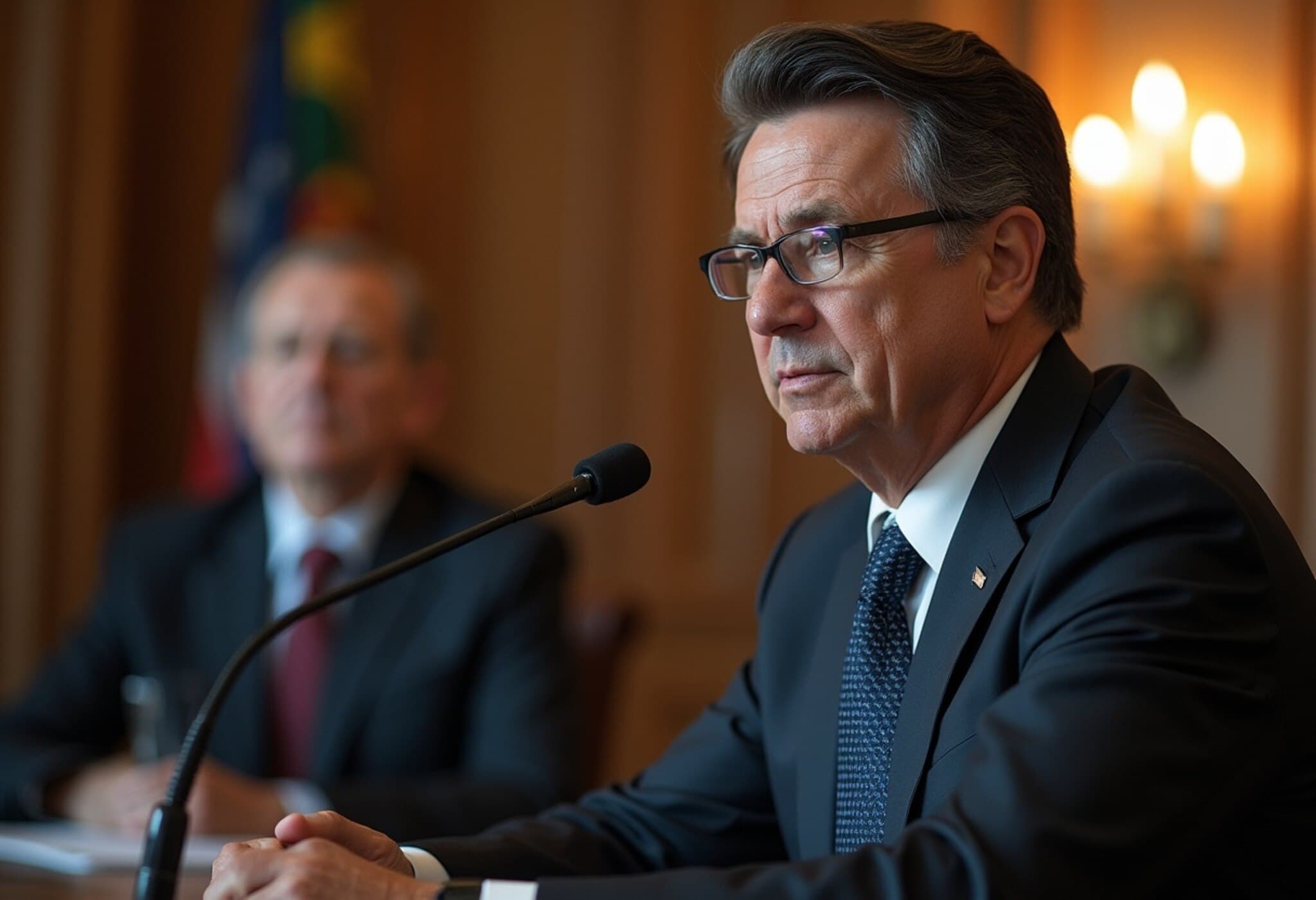Trump Urges Release of Epstein Grand Jury Transcripts Amid Rising Tensions
In a recent social media post on Truth Social, former U.S. President Donald Trump called on the Department of Justice (DOJ) to release all grand jury testimonies connected to the Jeffrey Epstein and Ghislaine Maxwell criminal cases, while signaling skepticism that transparency would satisfy his critics. Trump’s declaration underscores the complex intersection of public demand for transparency and political controversy surrounding the Epstein investigation.
Trump’s Statement: Transparency or Political Theater?
On Saturday, Trump stated that even if the court grants “full and unwavering approval” to disclose the grand jury transcripts, “nothing will be good enough for the troublemakers and radical left lunatics.” Emphasizing his frustration with what he described as relentless scrutiny, he added, “It will always be more, more, more. MAGA!”
Trump also highlighted that he had personally instructed the DOJ to make the grand jury testimony public, pending court approval, signaling a rare moment of openness from an administration often criticized for opacity.
Department of Justice Moves to Unseal Key Testimonies
The DOJ's decision to ask federal judges to unseal the grand jury testimonies comes amidst growing pressure from Trump’s supporters—who had expressed anger following the administration's earlier position of withholding additional Epstein-related documents. The request, filed by Deputy Attorney General Todd Blanche, marks a notable policy shift aligning with Trump’s public demands for transparency.
This pivot follows criticism within conservative circles, as earlier assurances by Attorney General Pam Bondi about further disclosures were perceived as backtracking. Trump reaffirmed on Thursday that Bondi was directed to produce all pertinent grand jury records regarding Epstein.
The Controversy Over Trump’s Alleged Connection to Epstein
Complicating matters further, a Wall Street Journal report on Thursday reignited public scrutiny by revealing a 2003 birthday album containing a letter allegedly signed by Trump. The note features a hand-drawn outline of a nude woman and ends with the suggestive phrase: “Happy Birthday – and may every day be another wonderful secret.”
Trump promptly denied authorship, condemning the letter as “false, malicious, and defamatory.” He reached out to WSJ leadership, including Rupert Murdoch and editor Emma Tucker, to challenge the report’s validity and subsequently filed a $10 billion defamation lawsuit.
Expert Perspective: Transparency in High-Profile Investigations
Legal analysts note that grand jury testimonies are traditionally shielded from public view to maintain witness privacy and protect the integrity of judicial processes. However, given Epstein’s case involves issues of profound public interest—sex trafficking, abuse, and connections to powerful figures—calls for transparency carry heightened urgency.
From an American policy viewpoint, this tension exemplifies the challenge governments face balancing transparency with legal prudence, especially under politically charged circumstances. The Epstein files not only pertain to criminal justice but also echo broader societal demands for accountability from elites.
What Lies Ahead?
The coming weeks will likely see federal courts weighing these competing interests. Should the transcripts be released, they could reignite debate about the extent of Epstein’s network and potential enablers. Conversely, withholding documents risks alienating voters demanding openness, questioning the DOJ’s impartiality.
For Trump's own political narrative, pushing for disclosure while dismissing the demands of critics as “troublemakers” crafts a combative stance that energizes his base but risks deepening divisions.
Editor’s Note
The saga surrounding the Jeffrey Epstein grand jury transcripts shines a spotlight on the fraught balance between justice, transparency, and political theater. While calls to unseal these files cater to public demand for accountability, legal and ethical considerations remain pivotal. Trump’s maneuver raises essential questions about leadership in confronting uncomfortable truths versus leveraging controversy for political gain. Readers are encouraged to consider how transparency can coexist with respect for judicial fairness in this unfolding story.


